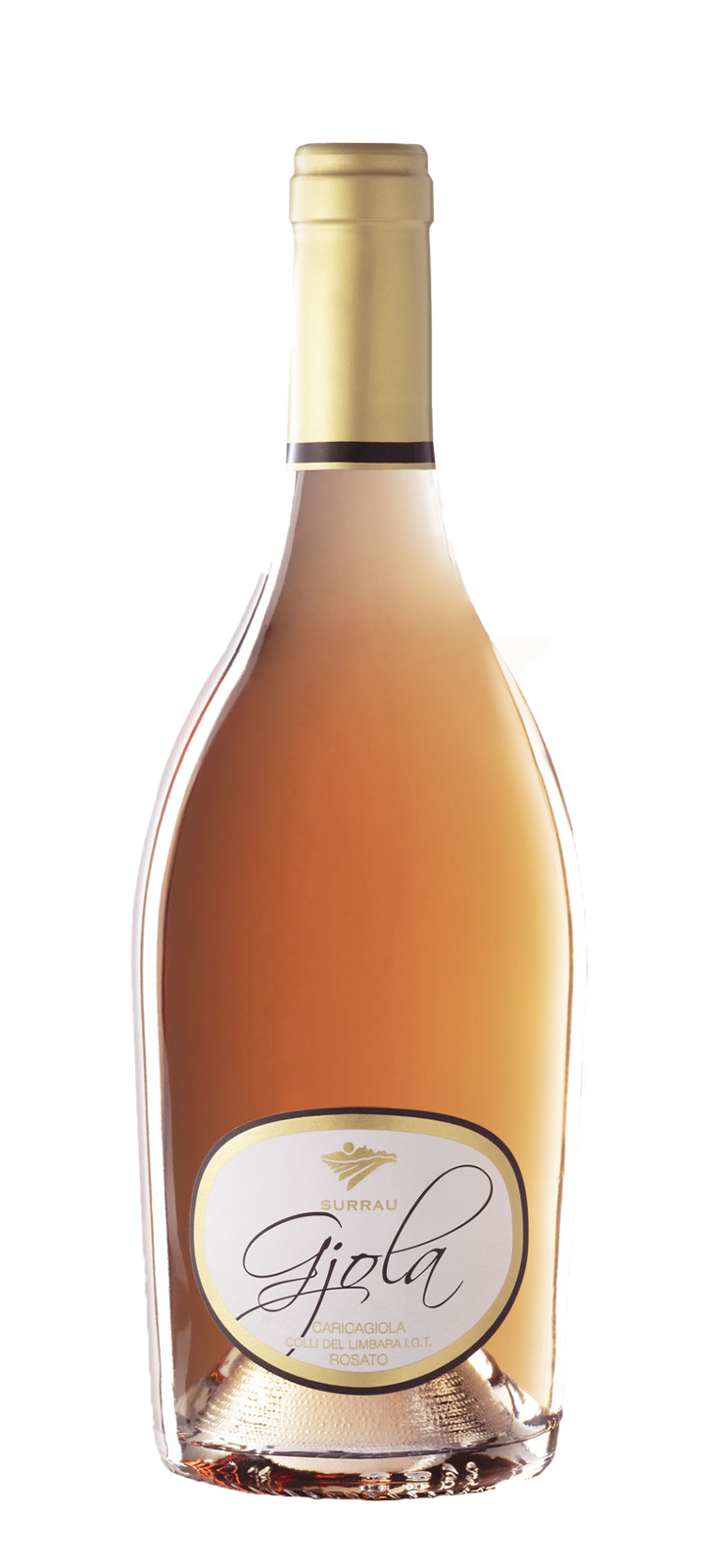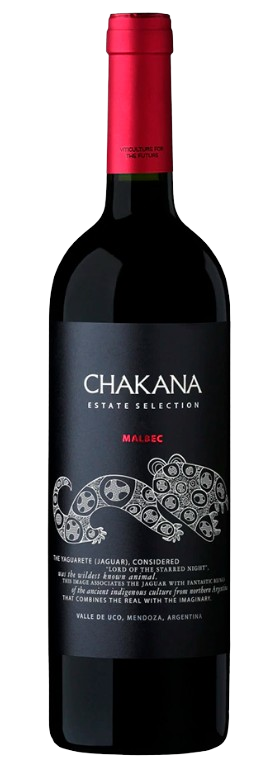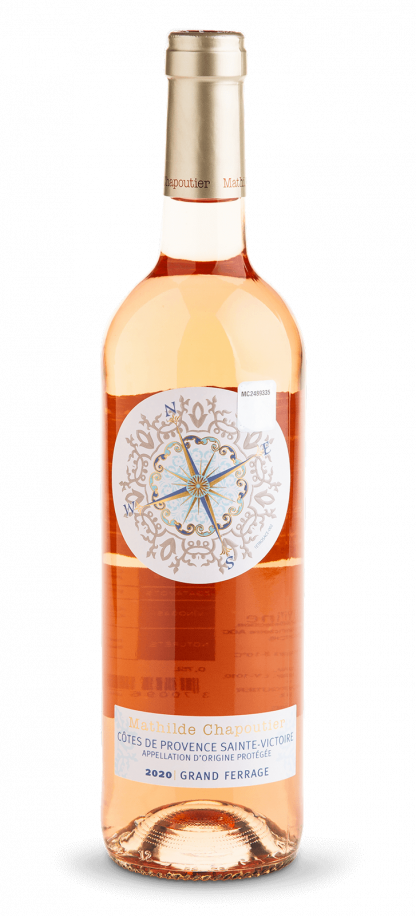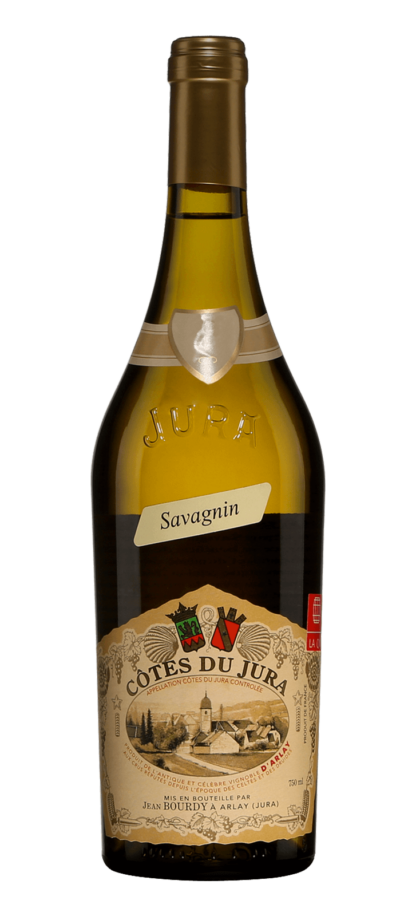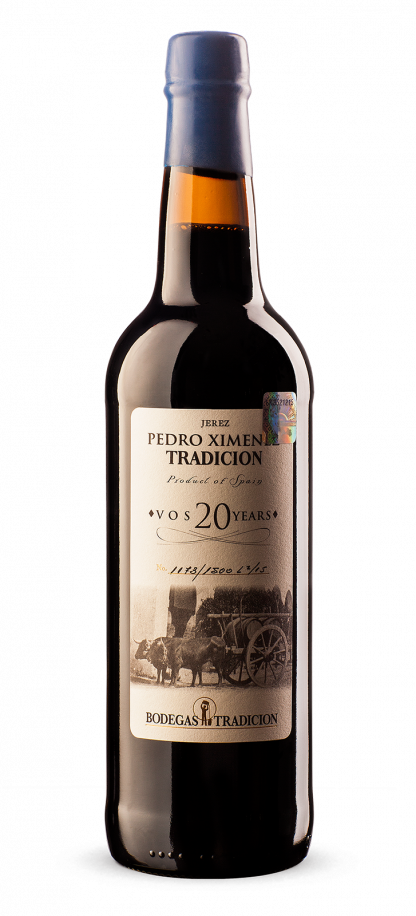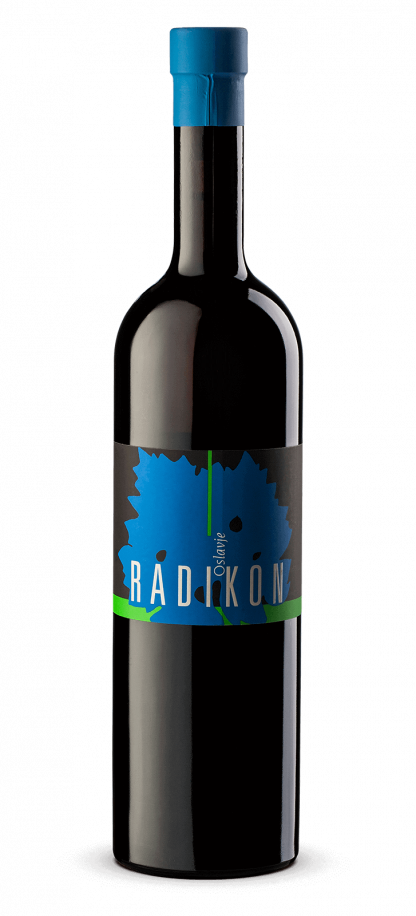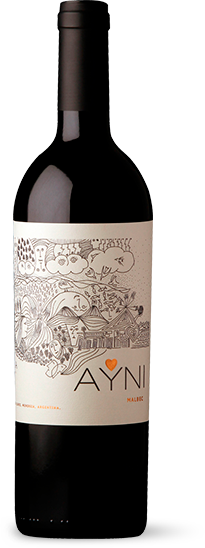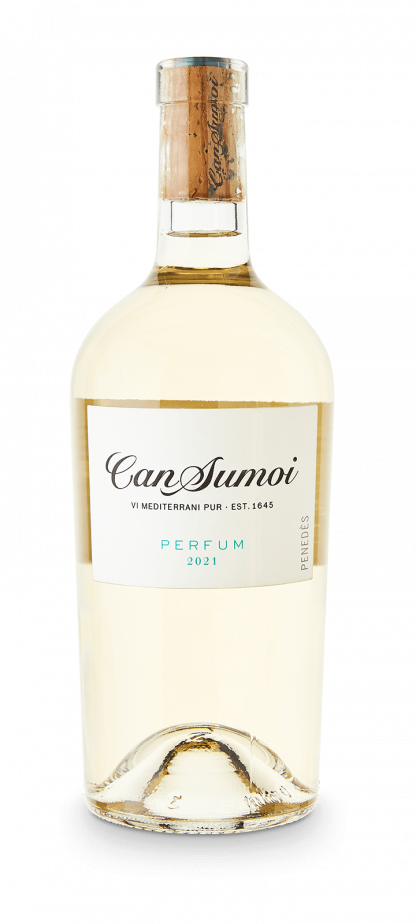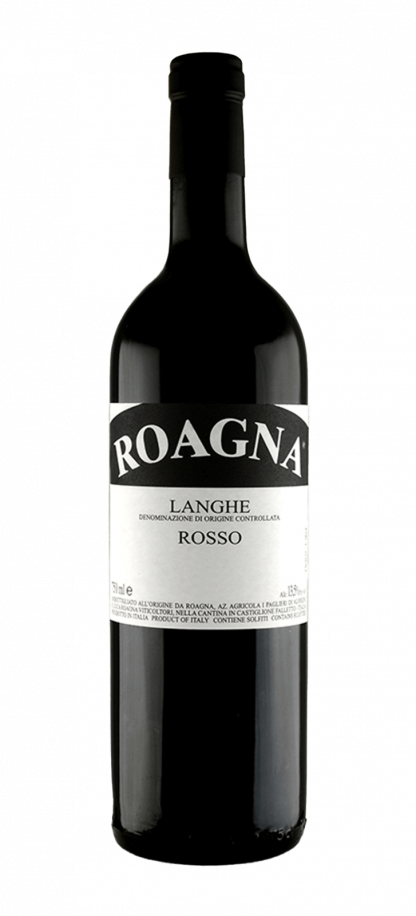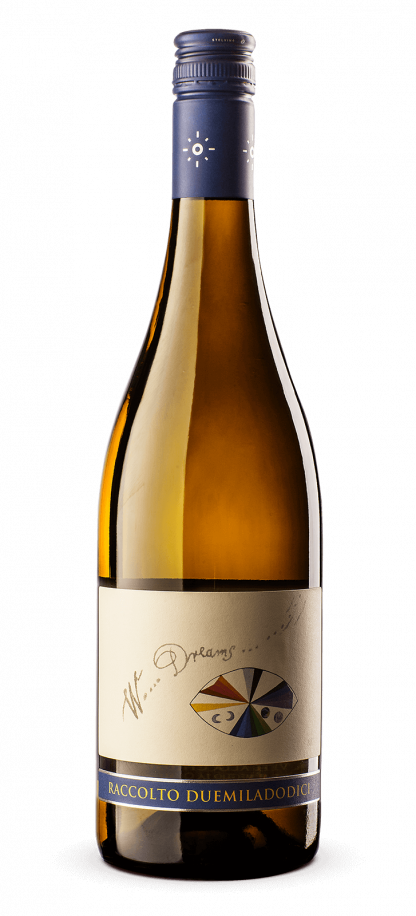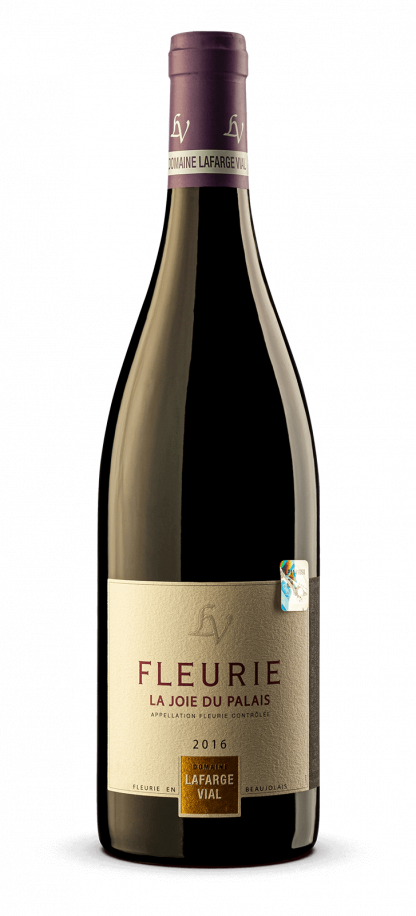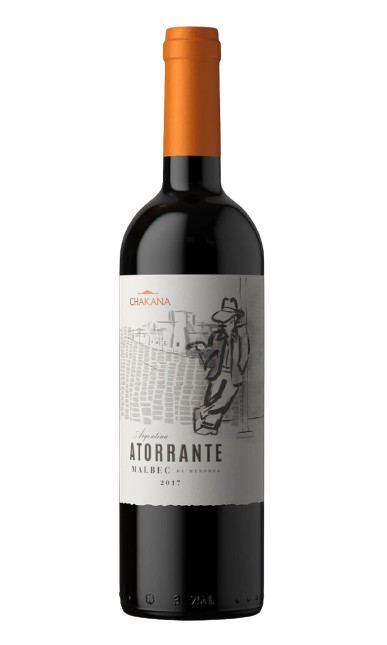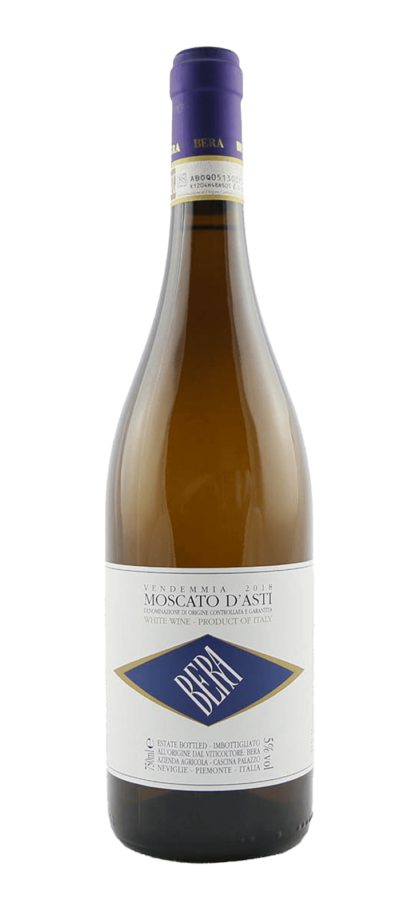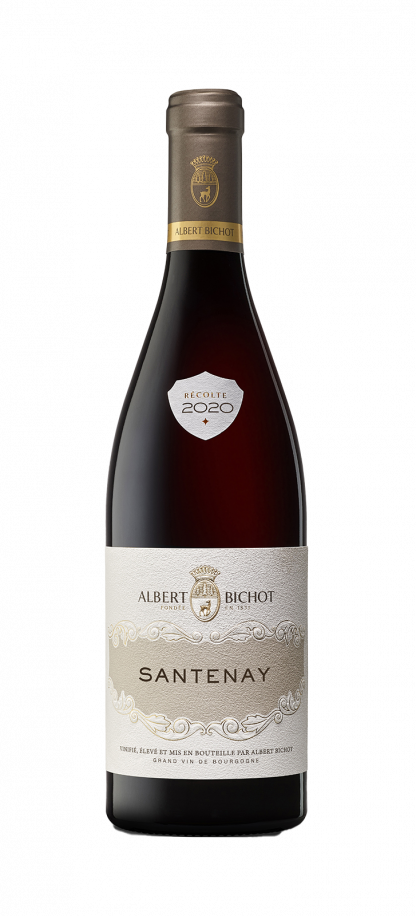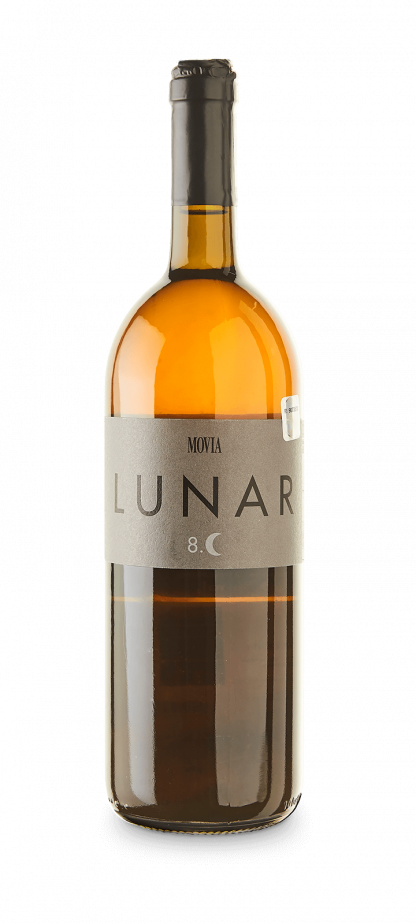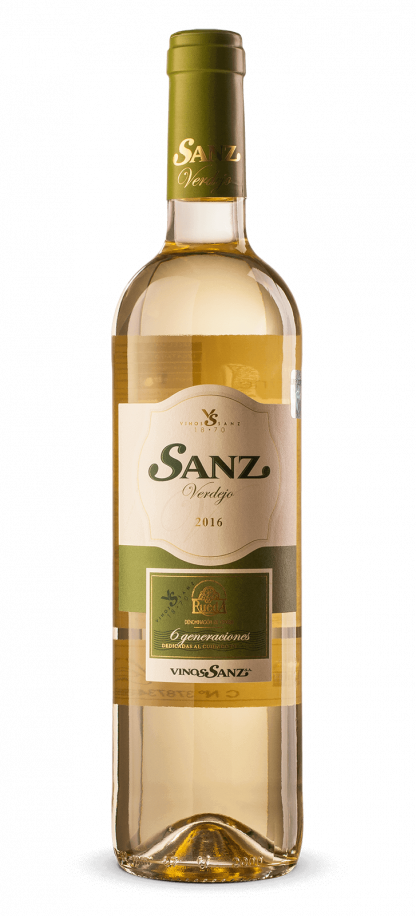Surrau “Gjola” Rosato Colli del Limbara 2020
The ‘Gjola’ Caricagiola Rosato is noted for its vibrant pink hue and an enticing bouquet of fresh red berries, citrus, and a hint of floral notes, leading to a palate that balances acidity with a delicate fruitiness and a clean, crisp finish. Its elegance and freshness make it an ideal wine for sipping on warm days or as an aperitif.
This rosé pairs beautifully with light Mediterranean dishes, such as grilled fish or a summer salad with feta and olives, where the wine’s acidity and fruit notes complement the freshness of the ingredients. It also works well with light pasta dishes, especially those featuring seafood or a simple tomato and basil sauce, enhancing the meal with its brightness and subtle complexity.
2 in stock






